推荐产品
生物源
rabbit
品質等級
共軛
unconjugated
抗體表格
IgG fraction of antiserum
抗體產品種類
primary antibodies
無性繁殖
polyclonal
形狀
buffered aqueous solution
物種活性
human
技術
indirect ELISA: 1:1000
western blot: 1:100-1:500
NCBI登錄號
UniProt登錄號
運輸包裝
dry ice
儲存溫度
−20°C
目標翻譯後修改
unmodified
基因資訊
human ... SUMO1(7341)
一般說明
Covalent modification of target lysines by SUMO (small ubiquitin-like modifier) modulates processes such as protein localization, transcription, nuclear transport, mitosis, DNA replication and repair, signal transduction, and viral reproduction. SUMO does not seem to be involved in protein degradation and may in fact function as an antagonist of ubiquitin in the degradation process. In the development of Drosophila, SUMO plays a maternal role in anterior-posterior (A/P) polarity and patterning.
SMT3 (Small ubiquitin-related modifier) gene codes for a small ubiquitin-like modifier (SUMO) in Drosophila melanogaster. Drosophila Smt3 is 52% and 73% identical in sequence with human SUMO-1 and SUMO-2, respectively. The family of small ubiquitin-related proteins are covalently linked to lysine residues of protein substrates.
免疫原
SUMO (NP_477411, 42-76)
This antibody is generated from rabbits immunized with a KLH conjugated synthetic peptide selected from the C-terminal region of Drosophila SUMO1.
This antibody is generated from rabbits immunized with a KLH conjugated synthetic peptide selected from the C-terminal region of Drosophila SUMO1.
生化/生理作用
SUMO (small ubiquitin-related modifier) is significantly associated with various cellular and developmental processes in organisms that vary in complexity, from yeast to mammals. SUMO coordinates important developmental events during the early metazoan. SUMO carries out covalent modification of several targeted proteins that are necessary for embryonic development and many cellular processes including proteins involved in Ras signaling, cell cycle control, and embryonic patterning. SUMO is known to have wide functions in Drosophila life cycle including transcriptional regulation and immune response modulation. Reversible post-translational modification by SUMO regulates a number of transcription factors involved in cell proliferation, differentiation, and disease. Unlike ubiquitination, sumoylation does not lead to protein degradation, but might have an effect on their functions, localization and stability. SUMO promotes maximum ras-mediated MAP kinase activation. Sumoylation might stimulate or inhibit p53 activity.
外觀
Purified polyclonal antibody supplied in PBS with 0.09% (W/V) sodium azide.
免責聲明
Unless otherwise stated in our catalog or other company documentation accompanying the product(s), our products are intended for research use only and are not to be used for any other purpose, which includes but is not limited to, unauthorized commercial uses, in vitro diagnostic uses, ex vivo or in vivo therapeutic uses or any type of consumption or application to humans or animals.
未找到合适的产品?
试试我们的产品选型工具.
儲存類別代碼
10 - Combustible liquids
水污染物質分類(WGK)
nwg
閃點(°F)
Not applicable
閃點(°C)
Not applicable
Kristin A Moore et al.
PloS one, 8(9), e75723-e75723 (2013-09-24)
The unfolded protein response (UPR) is a collection of pathways that maintains the protein secretory pathway during the many physiological and pathological conditions that cause stress in the endoplasmic reticulum (ER). The UPR is mediated in part by Ire1, an
Federico Mauri et al.
The Journal of biological chemistry, 283(30), 20848-20856 (2008-05-22)
Conjugation to SUMO is a reversible post-translational modification that regulates several transcription factors involved in cell proliferation, differentiation, and disease. The p53 tumor suppressor can be modified by SUMO-1 in mammalian cells, but the functional consequences of this modification are
Minghua Nie et al.
PloS one, 4(6), e5905-e5905 (2009-06-17)
SUMO is a protein modifier that is vital for multicellular development. Here we present the first system-wide analysis, combining multiple approaches, to correlate the sumoylated proteome (SUMO-ome) in a multicellular organism with the developmental roles of SUMO. Using mass-spectrometry-based protein
我们的科学家团队拥有各种研究领域经验,包括生命科学、材料科学、化学合成、色谱、分析及许多其他领域.
联系技术服务部门
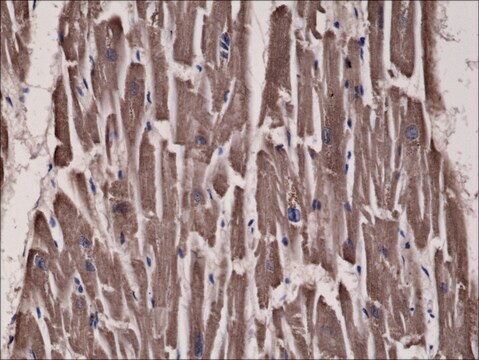
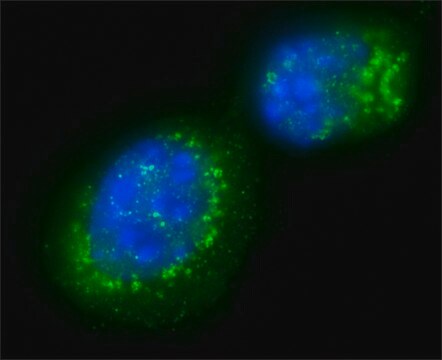
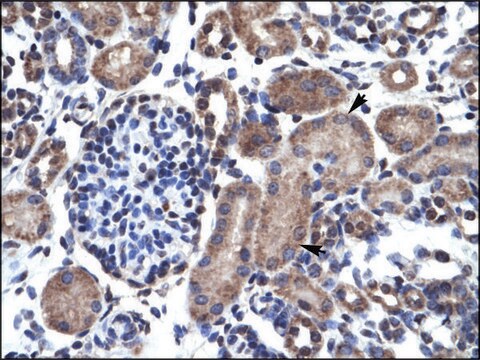
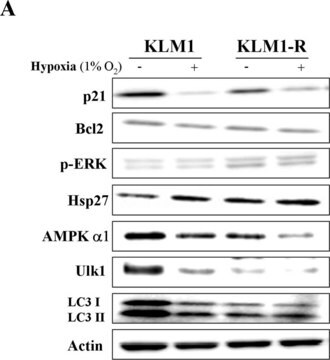
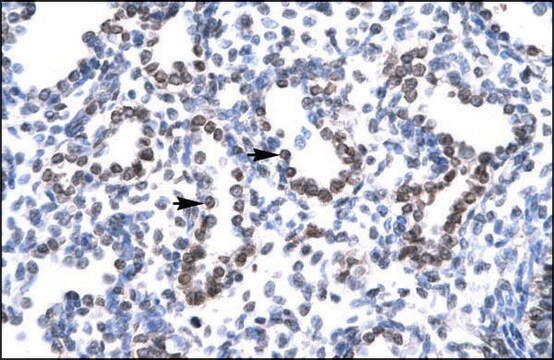
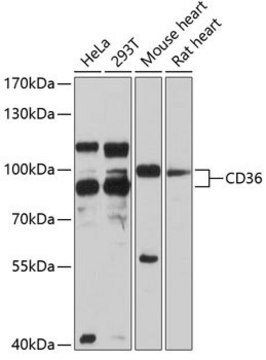
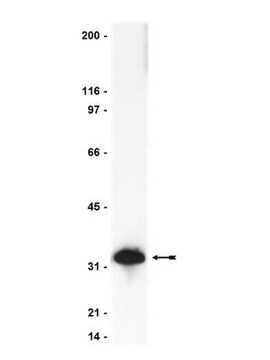
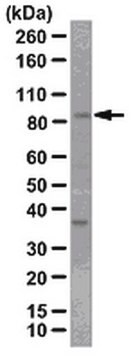
![4-[(4-吗啉)甲基]苯基碘化锌 溶液 0.25 M in THF](/deepweb/assets/sigmaaldrich/product/structures/690/326/85b2c5eb-e99a-4db8-b1db-e65076dffcfb/640/85b2c5eb-e99a-4db8-b1db-e65076dffcfb.png)